Popular Trà Tắc Variations

Trà Tắc Mật Ong

Trà Tắc Hạt Chia
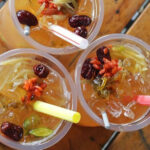
Trà Tắc Sả

Trà Tắc Nha Đam

Trà Tắc Xí Muội

Trà Tắc Thảo Mộc
Trà Tắc: Ingredients and Preparation
Main Ingredients
Main Preparing Method
Preparation Process
Trà Tắc: A Deep Dive
Cultural Significance
Taste
Texture
Aroma
Color
Serving Style
Serving Temperature
Accompaniment
Occasions
Calories
Popularity
Popular Similar Drinks
- Trà Đá
- Trà Đào
- Yuzu Tea
- Trà Chanh
Popular Dining Area
Trà tắc is a Vietnamese drink of tea and kumquat juice, offering a refreshing beverage. In contrast to lime juice, kumquat juice provides a unique blend of mild sweetness and slight sourness. Furthermore, these citrus fruits are smaller than common limes.
Typically, locals start with mild tea as a base, then squeeze in juice from sliced kumquats. Interestingly, people often throw the squeezed kumquat into the mixture so the oil from the rind can infuse it with extra flavor.
Best served cold, trà tắc is a popular choice at numerous vendors and stalls throughout the streets of Vietnam. Also, locals mix in a bit of sugar to sweeten the flavor.
Having learned about trà tắc, I recommend exploring further into this drink with many of its variants and the process of creating this drink. Also, you should not miss the positive and negative aspects of drinking this refreshing tea, along with a few concerns relating to it.
In case you’re looking for something new, I’ll also leave you with some drink suggestions that are similar to trà tắc.
Key Points
Trà Tắc Images
What Are the Different Versions of Trà Tắc?
Trà tắc, surprisingly, comes with many versions infused with various ingredients to provide numerous tastes and flavors:

Trà Tắc Mật Ong
Infused with honey
Adds natural sweetness and richness to the kumquat tea.

Trà Tắc Hạt Chia
Contains chia seeds
Offer a gelatinous texture to the drink

Trà Tắc Sả
Flavored with lemongrass along with a few herbal elements

Trà Tắc Nha Đam
Includes aloe vera (nha đam)
Known for its cooling and soothing properties

Trà Tắc Xí Muội
Incorporates pickled or salted plums (xí muội), providing a sweet, sour, and slightly salty flavor.

Trà Tắc Thảo Mộc
Herbal version that includes additional herbs for extra health benefits and a complex flavor profile
Don’t just stop at knowing only about the versions of trà tắc, as the method of making this beverage is also interesting to look into.
How to Make Trà Tắc?
Making trà tắc is no rocket science since it mainly involves combining liquid from various ingredients and adjusting it to your taste buds. Normally, trà tắc is made with 5 steps:
Step 1: Brew the Tea
Boil water and steep the tea for 3-5 minutes, depending on the desired strength.
Step 2: Prepare the Kumquats
Wash and slice the kumquats thinly or squeeze them to extract the juice. Add the kumquat slices or juice to the brewed tea.
Step 3: Sweeten the Tea (optional)
While the tea is warm, you can add sugar or honey to taste, if desired.
Step 4: Combine and Infuse
Allow the kumquat slices or juice to infuse in the tea for a few minutes, enhancing the flavor.
Step 5: Serve
Fill glasses with ice and pour the infused Trà Tắc over the ice. Serve immediately for a refreshing experience.
After mastering the simple yet delightful process of making trà tắc, it’s also important to consider its impact on your health and enjoyment. Let’s explore the various benefits and potential drawbacks of indulging in this refreshing beverage.
Pros and Cons of Drinking Trà Tắc
When drinking trà tắc, consider these features closely to avoid any unwanted effects on your body:
Pros
Cons
Aside from the good and bad features that trà tắc offers, you should take a look at some of the inquiries that people often make about this beverage.




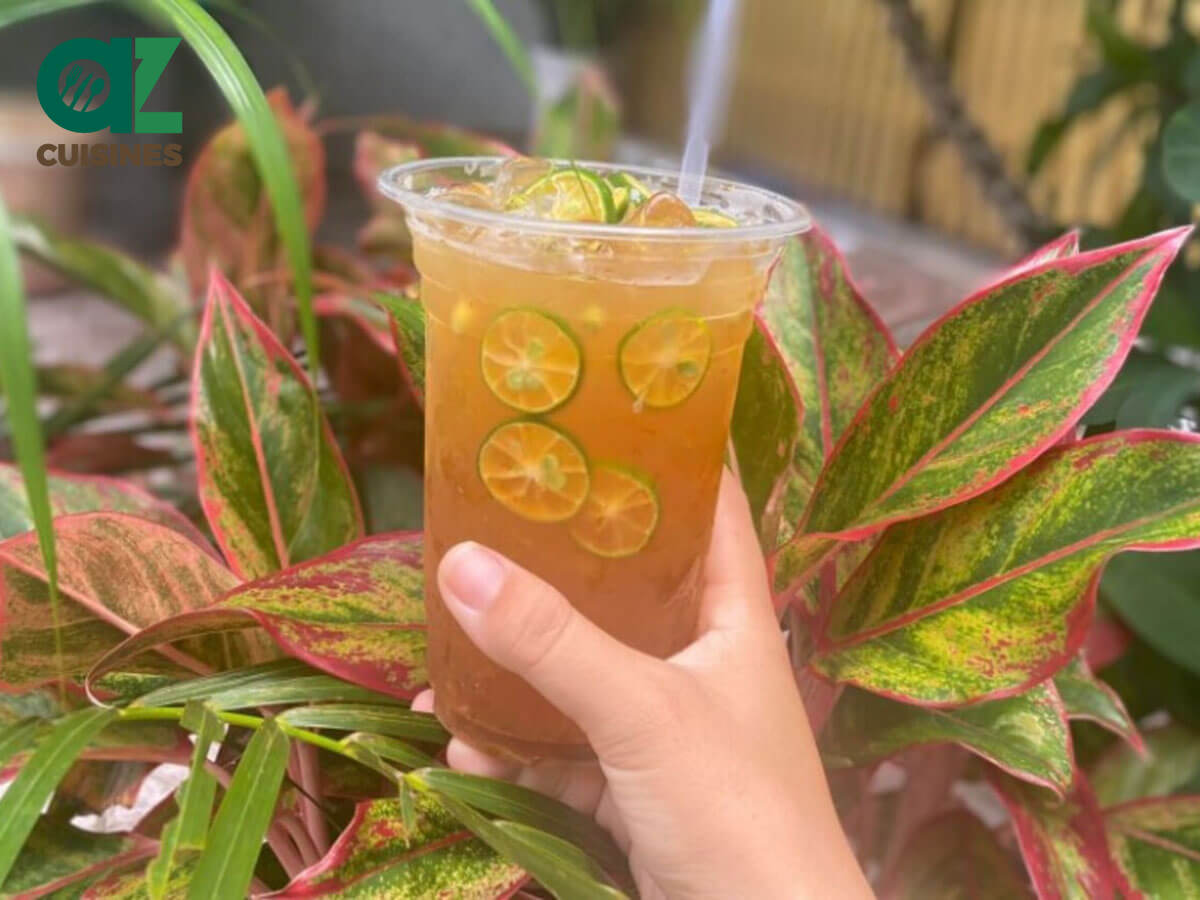
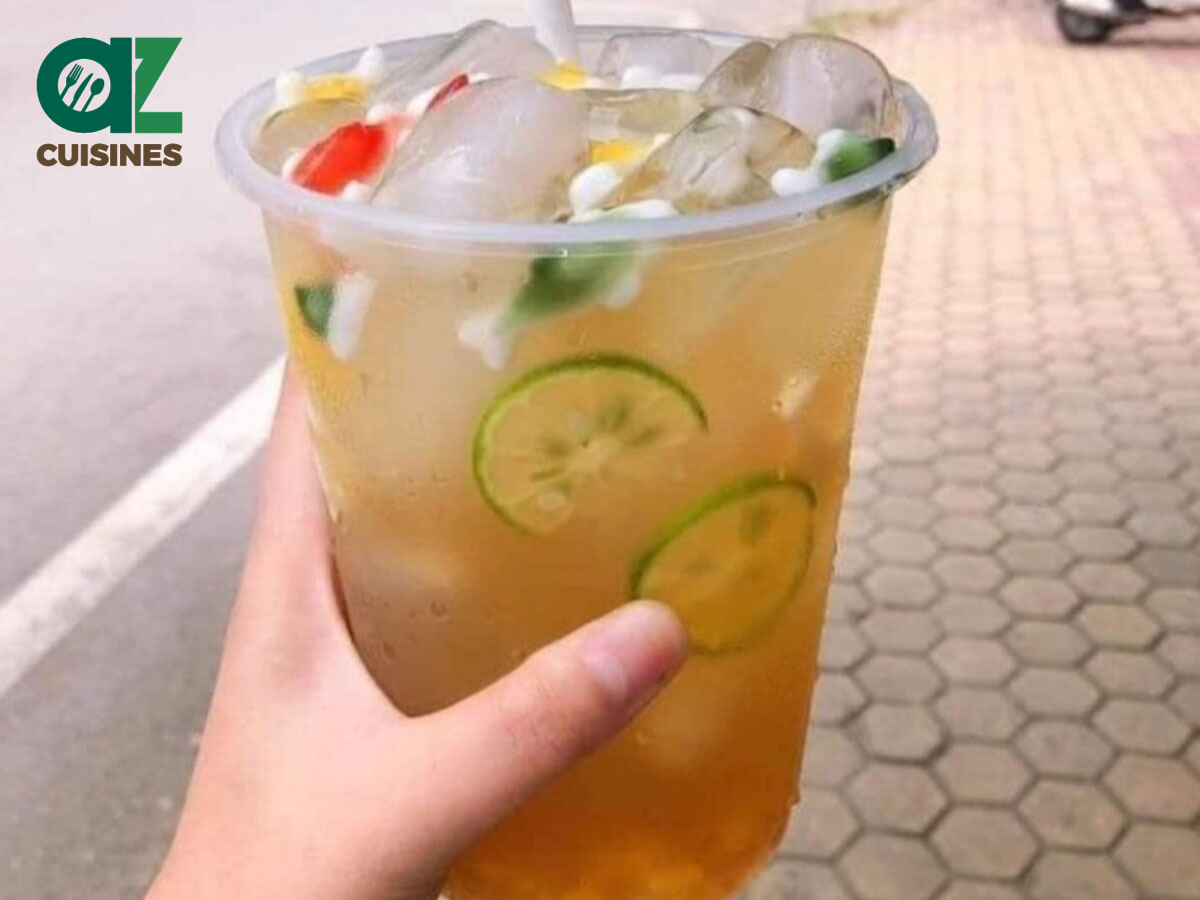
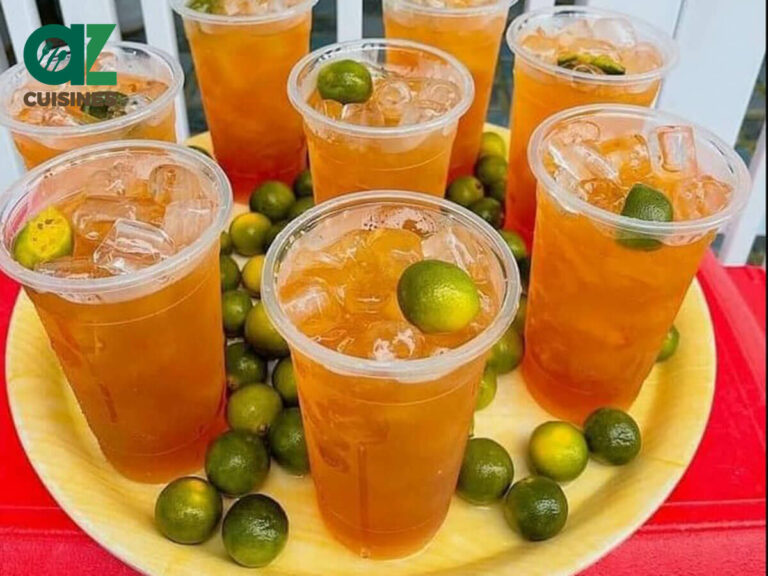
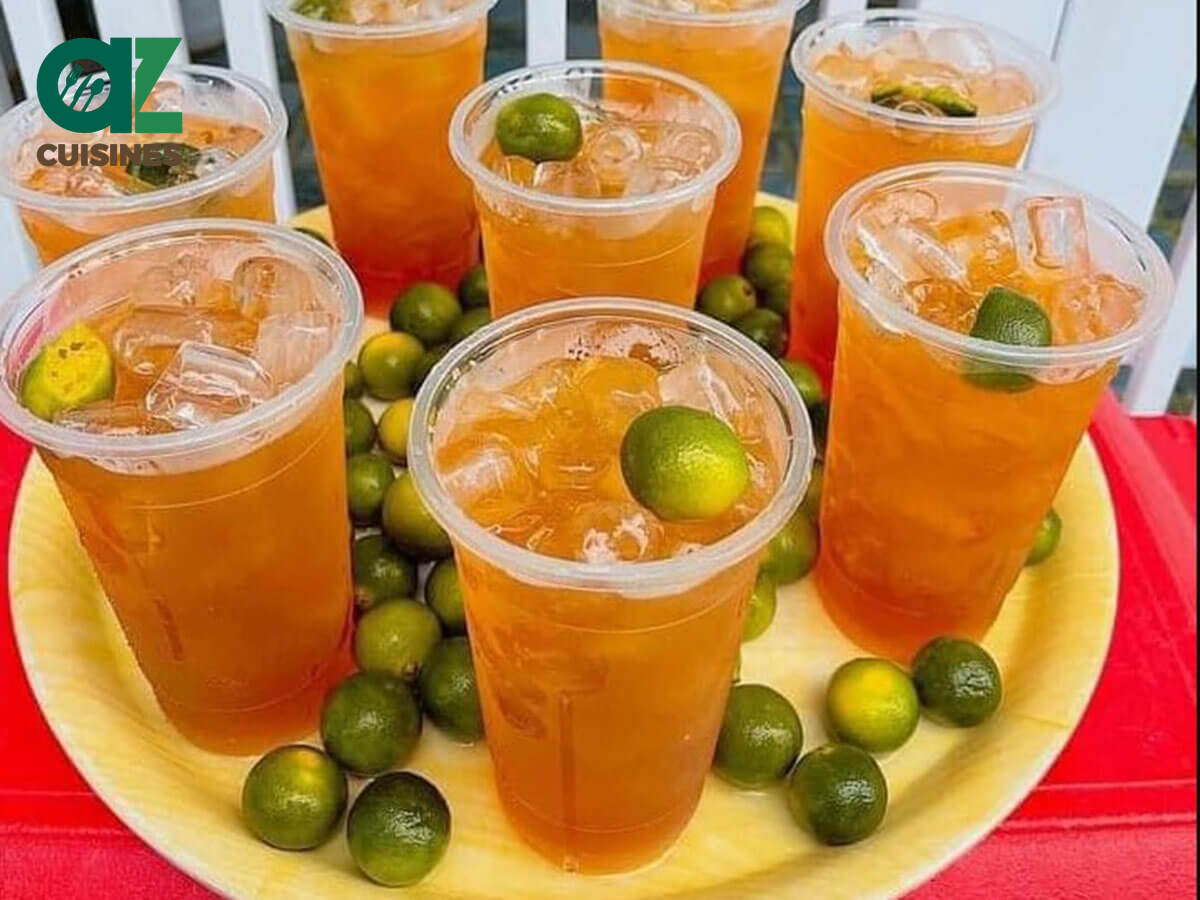



Adam Sam
Senior Food and Drink Editor
Expertise
Food Writer & Recipe Developer, Recipe Tester, Bartender, Cooking-video Maker, Editor In Chief
Education
Adam Sam, an experienced food writer and recipe developer, is passionate about blending diverse culinary traditions, national dishes, and innovative beverages, showcasing his proficiency in both traditional and modern recipe testing.
As the Editor-in-Chief, he elevates culinary content from street food to fine dining, focusing on Western cuisine and types of drinks at azcuisines.com, and is professional in creating engaging cooking videos that simplify complex dishes and ingredients.
His passion for food is evident in his writing, where he uniquely merges various cultures, traditions, and contemporary trends, skillfully combining classic recipes with modern cooking methods.